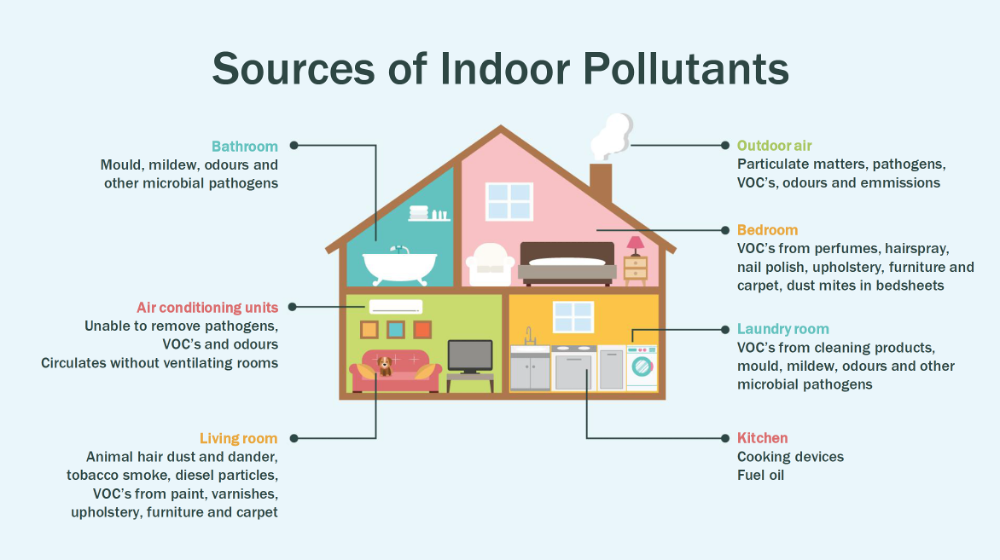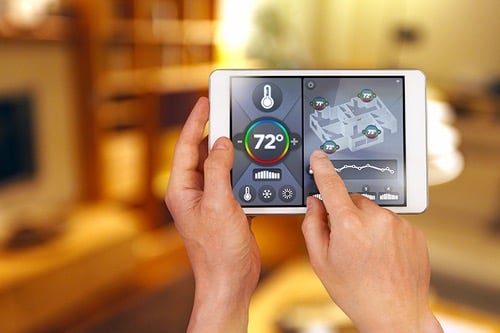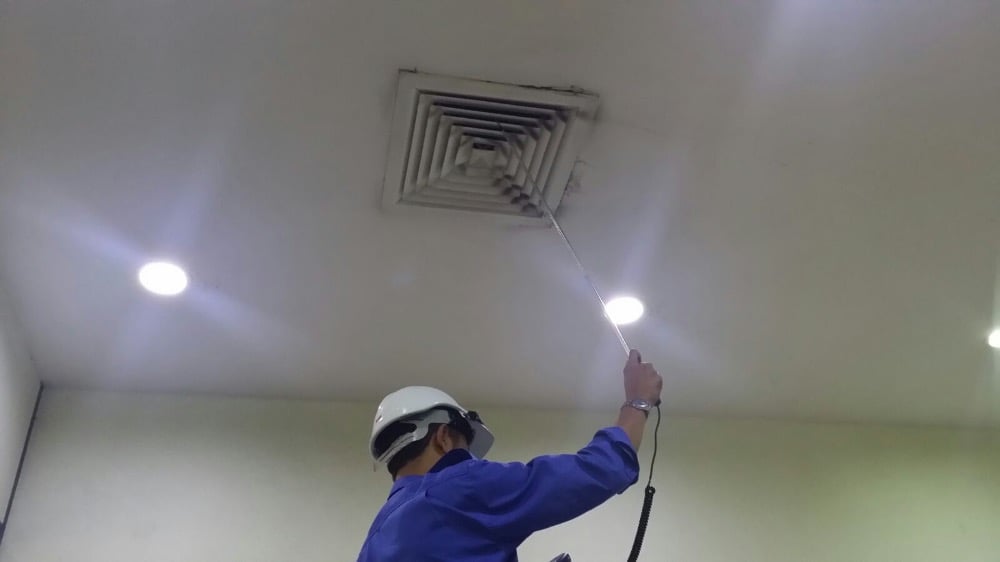How to Conduct an Indoor Air Quality Assessment
Did you know that indoor air pollutants from insufficient cooling practices result in nearly 4 million deaths per year? In addition, those who survive this ordeal can go on to suffer from non-communicable diseases such as Chronic Obstructive Pulmonary Disease, Ischaemic Heart Disease, and more.
These numbers come from a single source of indoor air pollution: indoor combustion of fuels. You may also be exposed to tobacco smoke, biological agents like dampness and mould, chemicals like paint, volatile organic compounds (VOCs), indoor particulate matter; the list is practically endless.

Even though it is a muted threat, it has set off a loud dialogue around itself. Recently, there has been a rising awareness of indoor air quality management among consumers. And since the COVID-19 pandemic has pushed the global population indoors, air quality has become extremely important.
If you have concerns about the air you breathe at home, an indoor quality assessment can help you quantify the intensity of pollution and help you understand how to take action against it.
How to Conduct Indoor An Air Quality Assessment on Your Own
1. Collect Your Foundational Information
Conduct a primary survey to obtain details such as the building type, material used, ventilation system, number of people residing indoors, any polluting activities in your room, noticeable smells, etc. Doing so offers a broad overview of the nature of pollutants that you can anticipate indoors.
2. Conduct A Location-Specific Examination
As indoor air distribution is not uniform, you will have to perform indoor air quality assessments at multiple locations. In addition, certain sections will have a greater predisposition to different types of pollutants. For instance, if your HVAC ducts are in a dusty area, the vents will show a higher concentration of dust and other particulate matter. Similarly, damp areas will develop mold and fungi. Based on these factors, locate the places where you are to conduct an indoor air quality assessment.
3. Gather the Necessary Equipment
For a detailed and thorough sample collection, you will require testing equipment such as:
- Indoor air quality monitors
- A Carbon monoxide detector
- A Radon testing kit
Additionally, you will require an indoor air quality assessment kit that analyses pollen, dander, dust, mold, bacteria, etc.
In case you have hired professionals, in addition to the above measuring devices, they will also bring with them a VOC meter, NOx meter, SOx meter, CO2 meter, Dusttrak, Thermo-Hygrometer, and so on. If you have the required machinery with you, you can conduct the most thorough examination of your room possible.
4. Perform the Assessment
Now that the stage is set, you can sample all the pollutants and capture their corresponding levels. You can document your findings in a report. You can also create heatmaps of the area and cordon off areas that are an immediate risk to your health.
What Next?
Once you have performed the preliminary assessment, it would be best to involve a professional to carry it forward and build on your data. Based on the values, you will then have to formulate a reparative strategy to mitigate the causes of indoor air pollution and improve air quality.
The first line of defence in this direction would be to upgrade your airflow ducts. Ducting companies like Spiralite offset the possibility of harm that can be caused to you or your loved ones by addressing the root cause of indoor pollution: inefficient airflow. Modern-day ductwork installation offers maximum airflow without compromising on energy efficiency. Next, replace the filters along your HVAC ducts to better equip them against pollutants.
.png)

